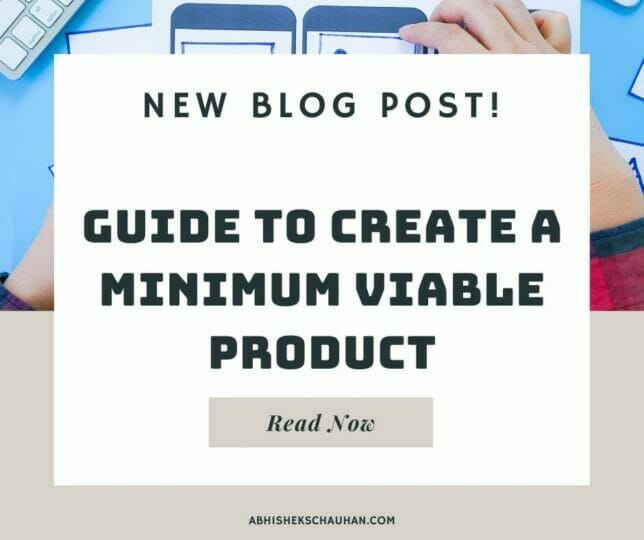The 10-Minute Delivery Mirage: A Race to the Bottom?
Picture this: You’re craving a snack, and within a blink of an eye, it’s at your doorstep. Sounds like magic, right? ✨ Well, that’s the promise of 10-minute delivery services in India. But is this lightning-fast service sustainable, or are we just chasing a mirage?️ Let’s dive into the world of ultrafast deliveries and find out.
The 10-minute delivery model has taken India by storm, with companies like Blinkit (formerly Grofers) and Zepto promising to deliver groceries and essentials at breakneck speeds. However, critics argue that this model is fundamentally flawed and unsustainable. Ashneer Grover, former Shark Tank India judge, recently took to Twitter to express his concerns, stating that “10Min delivery has no economics – low ticket size and low margin can never be solved through forced low delivery cost.”

The race for instant gratification has led to a surge in demand for quick commerce services. But at what cost? As companies scramble to fulfil orders within the promised 10-minute window, they face numerous challenges, including workforce shortages, rising fuel costs, and operational difficulties.
In their quest for speed, these companies may overlook the potential hazards of ultrafast deliveries. Mahua Moitra, an MP from West Bengal, slammed the 10-minute delivery model, saying it incentivizes delivery executives to break traffic rules and put lives at risk.
So, is the 10-minute delivery promise just an advertising gimmick? It seems that way, as many customers report receiving their orders well beyond the promised time frame. In some cases, deliveries have taken up to 30 minutes or even arrived the next day! ⏳
The focus on speed has also led to a compromise in the quality and customer experience. As companies try to club multiple orders to save costs, delivery timelines are stretched, and customers are left waiting.
Moreover, the aggressive expansion of dark stores and the cash-guzzling nature of the ultrafast delivery model raise concerns about its long-term sustainability. With no profitable unit economics, investors may soon lose their appetite for this high-stakes race.
So, what does the future hold for 10-minute deliveries? Companies will likely need to recalibrate their approach and find a more sustainable balance between speed and profitability. This could mean settling for slightly longer delivery times while focusing on providing a premium service that customers are willing to pay for.
To quote Redseer’s Agarwal, “It’s about finding the right balance.” Perhaps it’s time for these companies to slow down and reassess their priorities before they burn out in pursuit of instant gratification.

In conclusion, the 10-minute delivery model may seem like a dream come true for consumers seeking instant gratification. However, beneath the surface lies a complex web of challenges and unsustainable practices threatening its long-term viability. As we continue to chase the mirage of ultrafast deliveries, let’s not forget the potential consequences of our actions. After all, haste makes waste.
What do you think about the 10-minute delivery model? Is it a sustainable business practice, or are we just chasing a fleeting illusion? Share your thoughts in the comments below!








